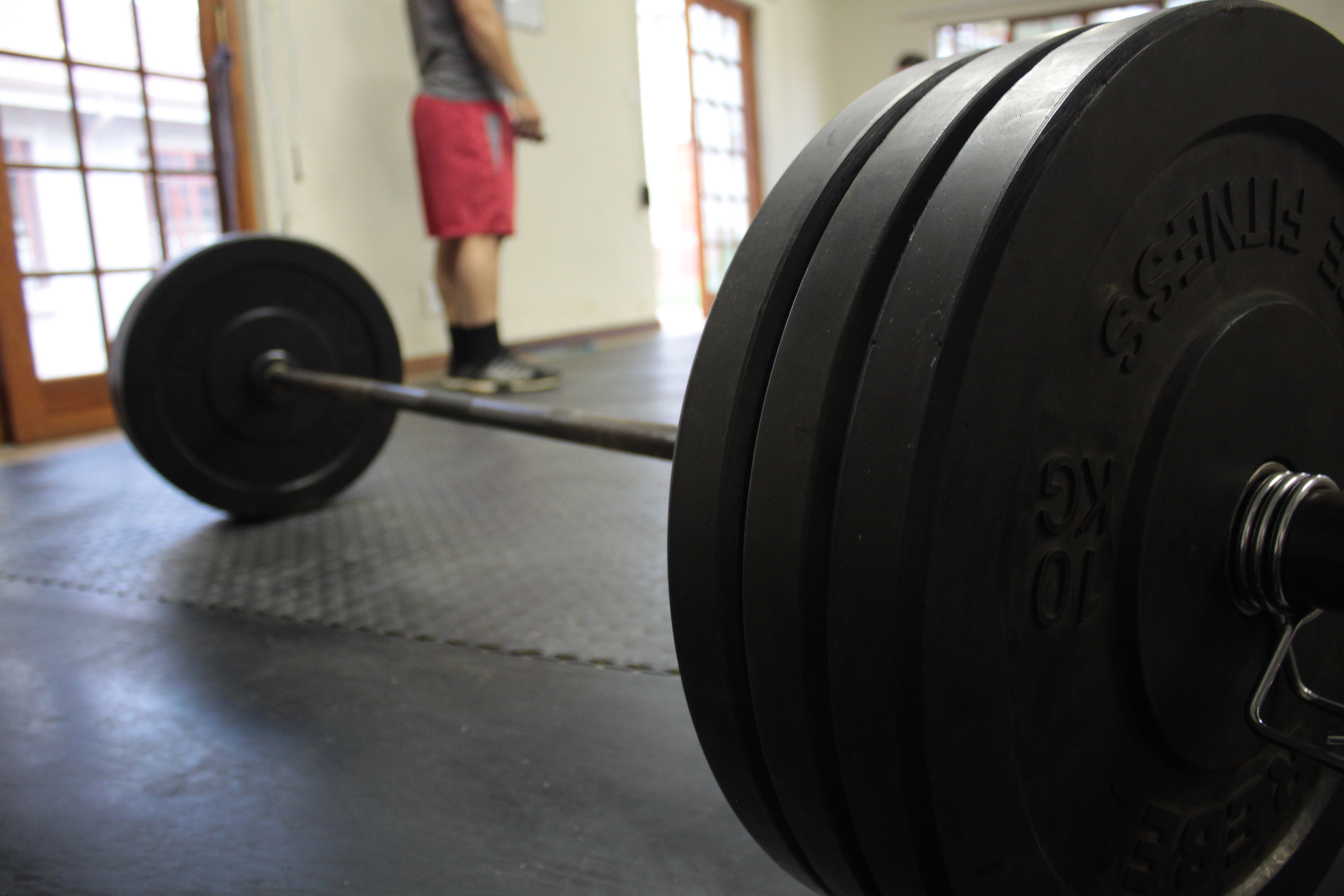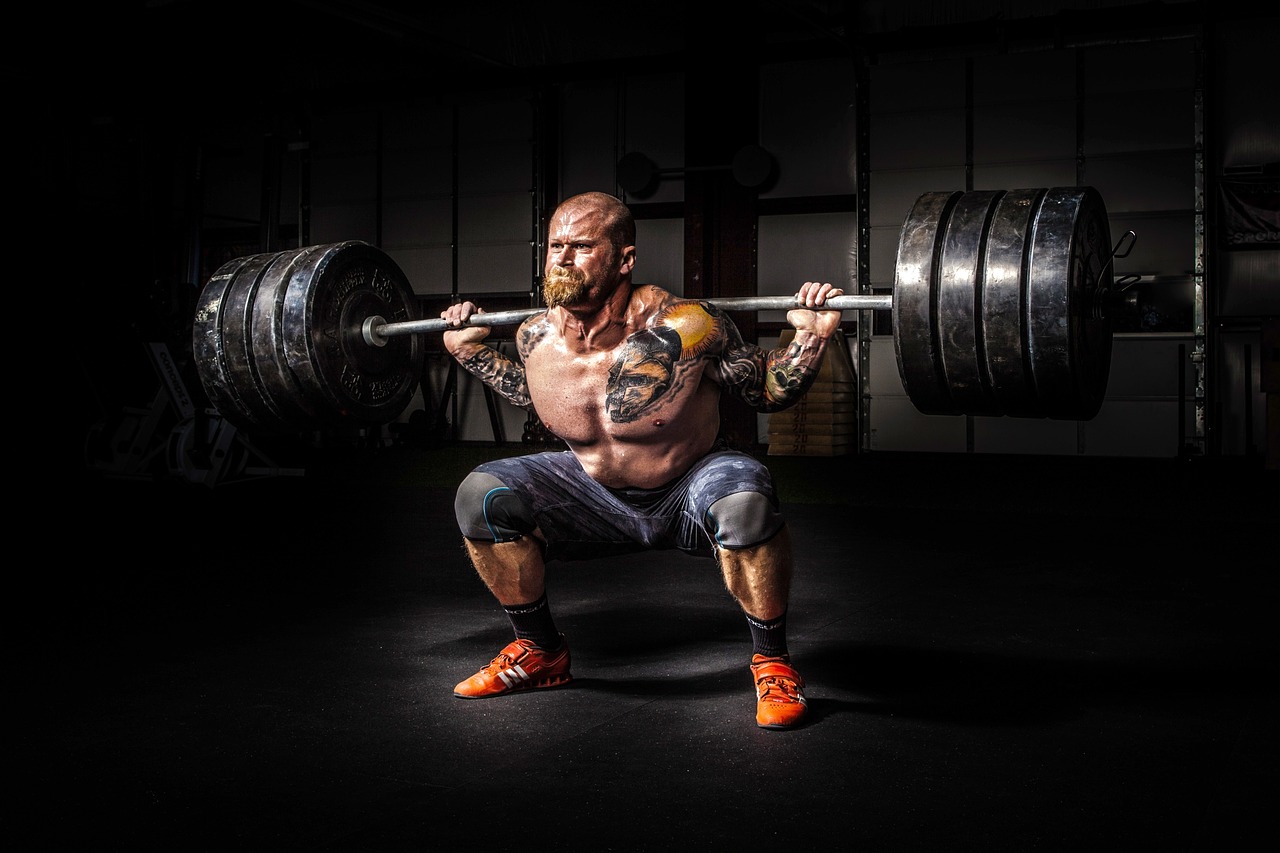A few days ago I put out a Tweet about relating strength and conditioning coaching cues to the cues that sport coaches used. The idea behind this Tweet was that this helps athletes relate what they are doing in the weight room to what they are doing in their sport. It also complements their sports training in that the strength coach is not using different language to describe something that the sports coach teaches.
I got a great question asking for some examples of how to do this. I had such fun answering this question that I figured this would make a great blog. So today I’d like to use a few examples of how to link the weight room to the sport with coaching cues.
First, let’s look at football linemen. When blocking, football linemen have a number of coaching cues that can also be used in the weight room, these include:
- “Head up” or “eyes to sky”: Depending on how your football coaches coach this skill, we can use the same cue during squats, deadlifts, hip hinges, and Olympic lifts. This is also a good way to emphasize the chest out/shoulders back position that we want during these lifts (it’s hard to keep your shoulders back and chest out when you look down).
- “Drive through the block” or “explode through the block”: We can use this as our cue for getting out of the sticking point in the squat, for getting the bar off the floor in deadlifts, the second pull of the Olympic lifts, and finishing all of these lifts.
- Also, a pet peeve of mine during Olympic lifts is stepping back to receive the bar. Besides indicating that something happened during the second pull, it can become a bad habit. So to address this with these athletes try the following:
“What happens when you step back during a block? That’s right, you end up on your bottom. Not only that, but by stepping back you get your quarterback killed and let your entire team down. Next time, keep the bar close to you during the second pull and sit into the clean when you receive it…”
Now, with basketball players it’s easy to relate squats, deadlifts, and the Olympic lifts to their vertical jump, landing, and jump shots. But, it’s also important for shooting. It’s also important for taking the charge. So these are all cues you can use for these lifts and to sell these lifts.
Sometimes longer sprints (longer than 20 yards) can be a hard sell for basketball players. After all, they usually jog these distances in games. So I relate these back to the fast break, both executing it and defending it. Want basketball players to run longer sprints? Pair them up with an opponent and have one execute the fast break and have the other one try to get ahead of them to defend it. Not only did the athletes work on both sides of the fast break but you also got them to do longer sprints!
Baseball players don’t get into an athletic position or a two point stance. Since they began playing the sport way back in t-ball they are cues to be “baseball ready.” This position can be related back to squats, deadlifts, and Olympic lifts. By this I mean, “Where are your feet when you are baseball ready? Are you looking down when you are baseball ready? Etc.”
“Baseball ready” also needs to be the starting position for sprints. They are not going to get into starting blocks to execute sprints in baseball. In addition, the crossover step needs to be incorporated into sprints. This relates the speed training back to baserunning and to defensive fielding
Baseball players use their legs to generate the power to throw and hit hard. Why are we squatting, deadlifting, or Olympic lifting? This is to help us hit and throw harder.
Lastly, let’s look at track and field athletes. Here are a few ideas for them:
- First, posture is critical to performance. Lose your posture when the foot strikes the ground, or when levering to execute a throw, or levering into a jump, and performance will suffer. So we need to be strong to maintain our posture during those phases of the event.
- Second, we squat and deadlift to be able to have the strength to explode out of the starting blocks.
- Third, the throws and jumps all have a phase where we lever off one side of the body. This is why we’re doing this single-leg training…
Hope this helps give you food for thought for how to tie the work the athlete does in the weight room to the work they do in their sport. This helps with coaching and athlete buy in!


